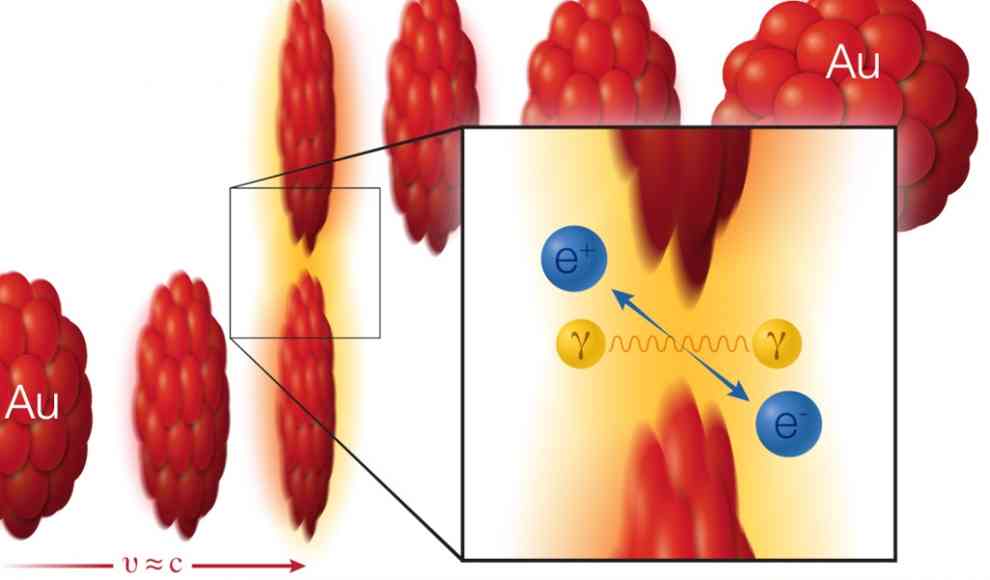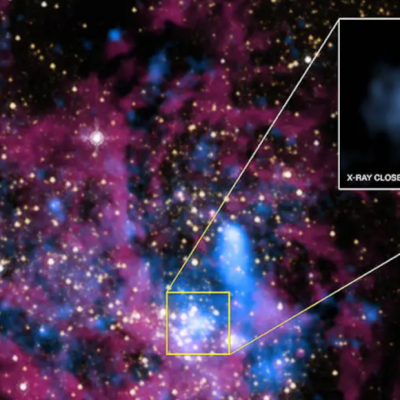In 1934, physicists Gregory Breit and John Wheeler postulated the Breit-Wheeler effect, which describes the conversion of light into matter. Now, an experiment has finally proven this theory. The idea that energy and matter are equivalent and can be converted into each other was first described by Einstein in his special theory of relativity in 1905. While the conversion of matter into energy is ubiquitous, the reverse process, where matter is created from light, was thought to be almost impossible to achieve practically. Breit and Wheeler proposed a method where accelerated heavy ions could serve as a light source instead of a photon beam. According to their theory, when two of these ions move towards each other in a particle accelerator and almost collide, their photon clouds interact, and pairs of electrons and positrons are created.
A team led by Zhangbu Xu from the Brookhaven National Laboratory has now experimentally verified this almost hundred-year-old theory using the STAR detector at the Relativistic Heavy Ion Collider. They collided gold nuclei accelerated to 99.99% of the speed of light and examined the resulting decay products for pairs of electrons and positrons whose mass distribution, energy, and quantum states corresponded to those of the Breit-Wheeler effect. In total, the physicists found 6,085 electron-positron pairs with the appropriate characteristics. They also confirmed that the photons produced during the collision had the characteristics of normal light particles. According to Daniel Brandenburg, “Our results provide clear evidence for the direct, one-step production of matter-antimatter pairs from the collision of light, as theoretically described by Breit and Wheeler.” Therefore, it is now proven that the direct conversion of light into matter is possible.
This experiment is a significant breakthrough in the field of physics and could have far-reaching implications for our understanding of the universe. The Breit-Wheeler effect could help explain the origin of matter in the universe and provide insights into the behavior of black holes and other astrophysical phenomena. The successful verification of this theory could also lead to the development of new technologies that harness the power of light to create matter, which could have applications in fields such as energy production and medicine.










